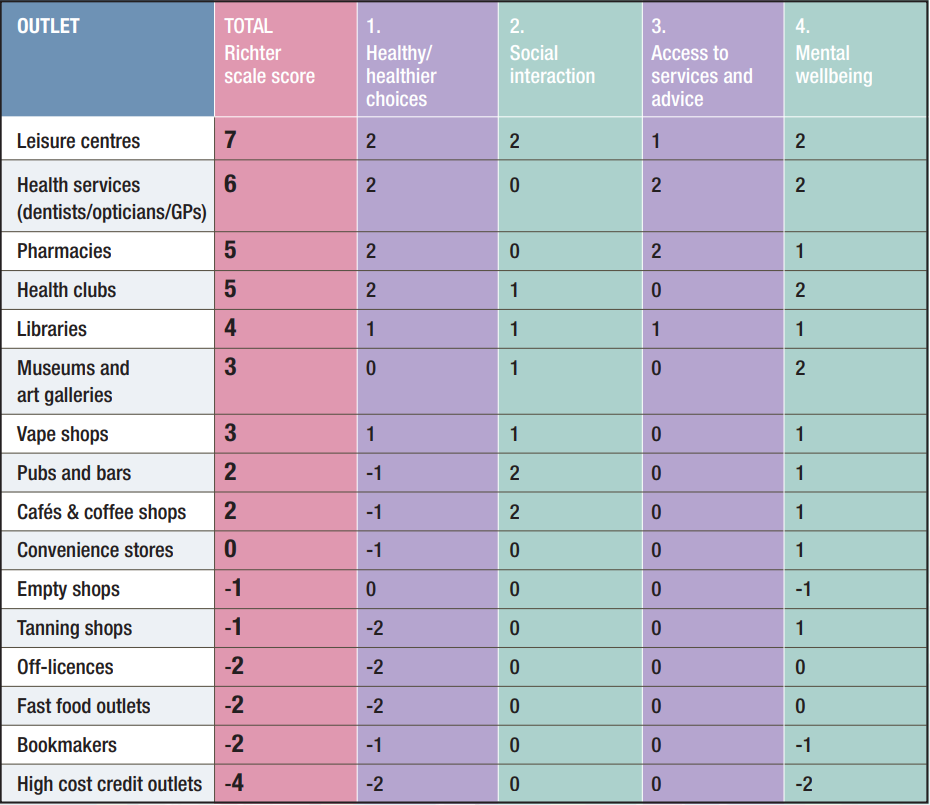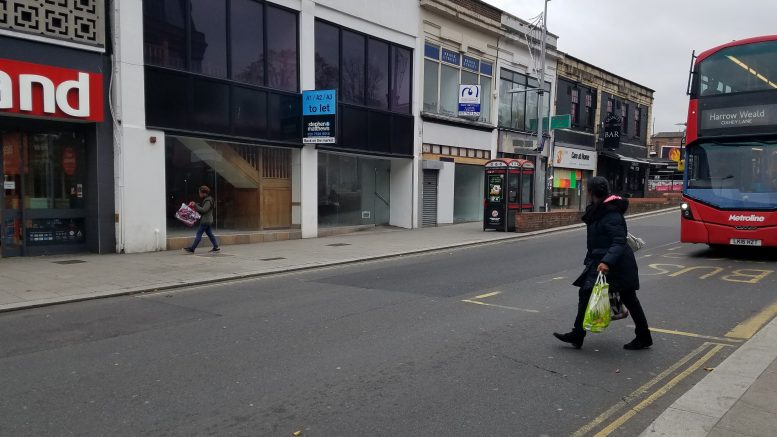Seven sisters has the least healthy high street in London, according to a recent study by the Royal Society for Public health.
The study created a ‘Richter Scale of Health’ to measure the healthiness of shops on the high street.
This was done by ranking ‘unhealthy’ shops on high streets – bookmakers, tanning salons, payday lenders and fast food outlets – and ‘healthy’ shops – libraries, leisure centres, dentist, opticians, pubs and bars.

Source: Royal Society for Public Health
London managed to escape the list for the top ten unhealthiest high streets nationwide, with Grimsby taking the number one spot.
The study included a top ten specifically for the capital. Below is a map of the ten healthiest (green) and the ten unhealthiest (red) high streets in London.
[googlemaps https://www.google.com/maps/d/u/0/embed?mid=1Fz04H5eHk4asv352zneh94pqZMSc2gwG&w=640&h=480]
West Green Road/ Seven Sisters took the number one spot for London’s unhealthiest high street. This is due to its higher number of unhealthy shops outlined on the Richter scale.
Interestingly, Muswell Hill was rated to have the healthiest high street in London, situated in the same borough as the unhealthiest – Haringey.
See also: British high street see worst shop closures in last five years
Mohammed Hussein, a local takeaway owner in Seven Sisters said: “Our high street has been getting worse for years. Everyone does their shopping online now”.
He told us “all we have around here now is betting shops and takeaways, there’s no reason to come here unless you’re gambling or hungry after going to the pub”.
He said that the majority of their sales now come from the takeaway app Just Eat.
This move to online shopping is one of the factors that has led to the rise in vacant shops on the high street. The study shows that in 2007 the vacancy rate of high street shops was below 7%, rising to 12.3% by 2013. This figure dropped to 11% in 2017 but has risen again this year.
This trend of online shopping was reported in the RSPH study to have had “perhaps the biggest impact on the high street in the last 20 years”.

Vacant shops on London’s high streets
The UK’s high streets have seen some positive development. The number of convenience stores has risen by 17% in the last 5 years, with 46,262 stores across the UK. The study also reveals there has been a “sharp rise” in the number of cafes on the high street in recent years, with 22,000 coffee shops now in the UK.
The fastest growing businesses currently on our high streets are vape shops. The study found that the total number of vape shops has doubled from 1,000 to 2,000 in the past three years. This reflects the influx of smokers switching to vaping in recent years, with around 3 million people vaping in 2018, compared to 700,000 in 2012.
[youtube https://www.youtube.com/watch?v=rTht1sUwXTE]
The RSPH recommends that “the treasury review how businesses are taxed to ensure that online businesses are not put at an unfair advantage compared to the high street”.
They also want Facebook and Google to “provide discounted advertising opportunities to independent health-promoting businesses”.
As well as “supporting meanwhile use of vacant shops to keep high streets vibrant” and for “local authorities to make records on vacant commercial properties publicly accessible”.
Featured image: Adam Kirkman
Words & Images: Adam Kirkman | Subbing: Mohammed Hamid

